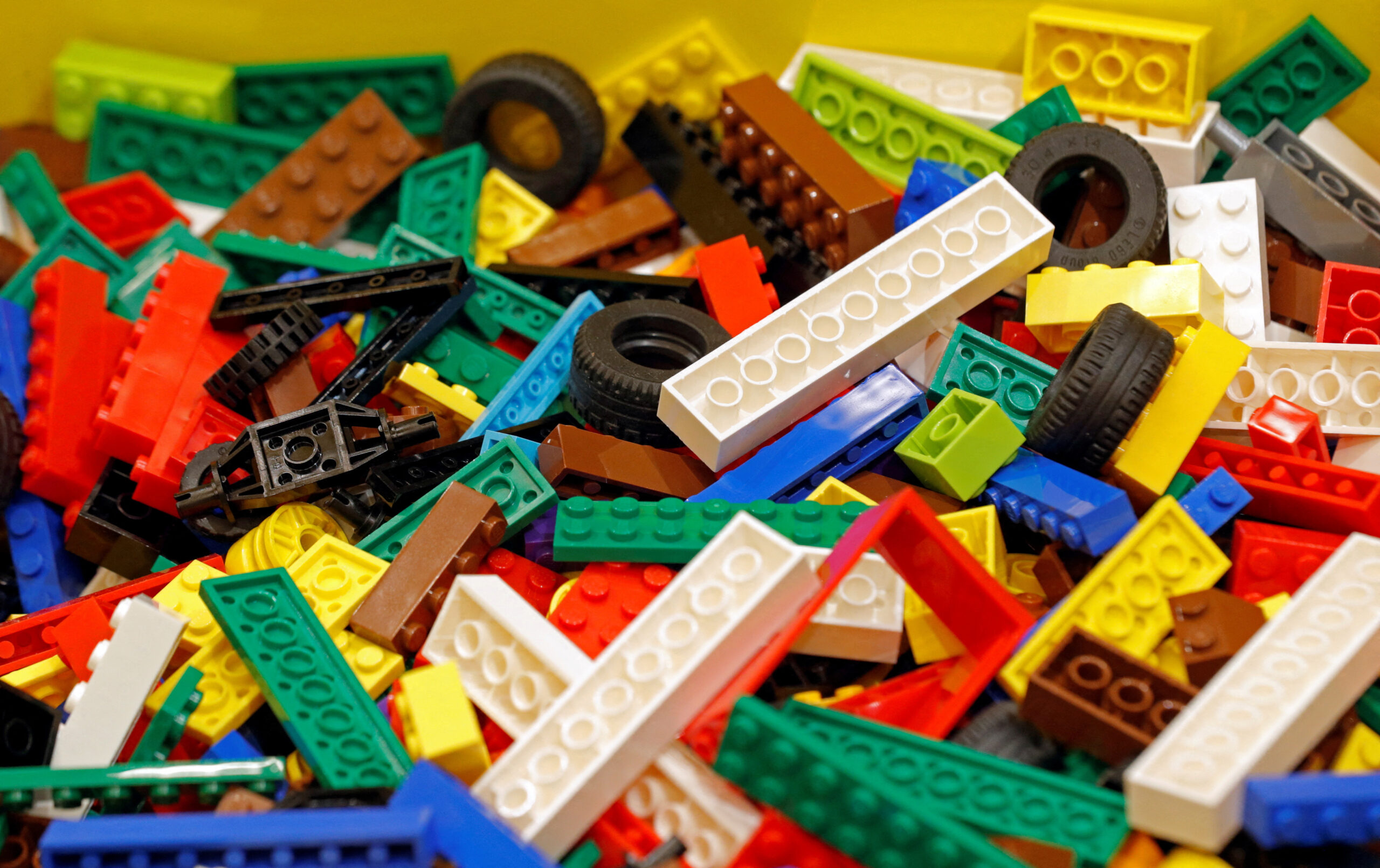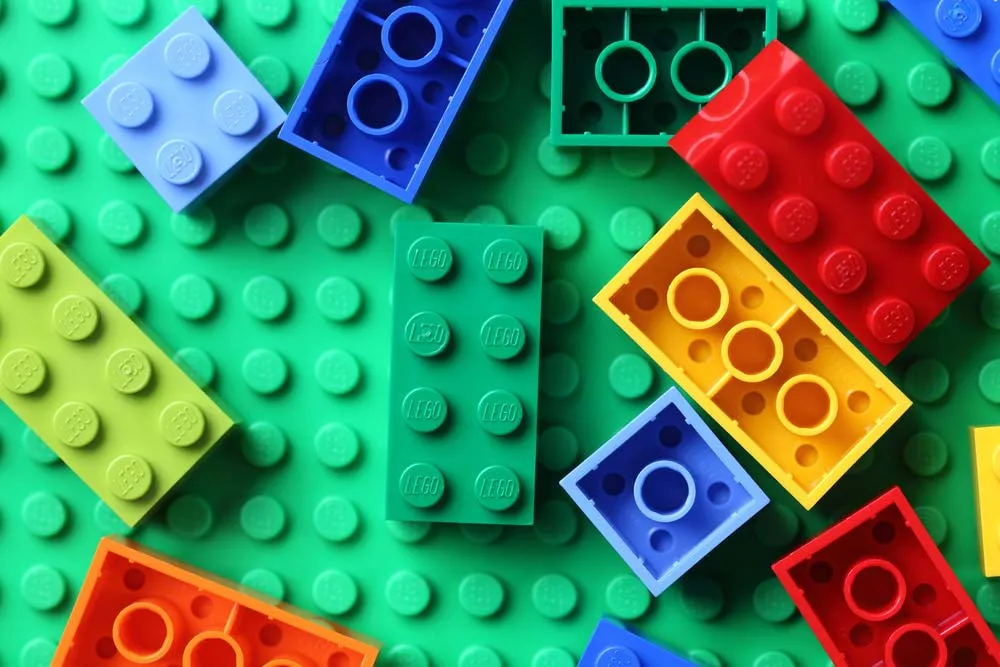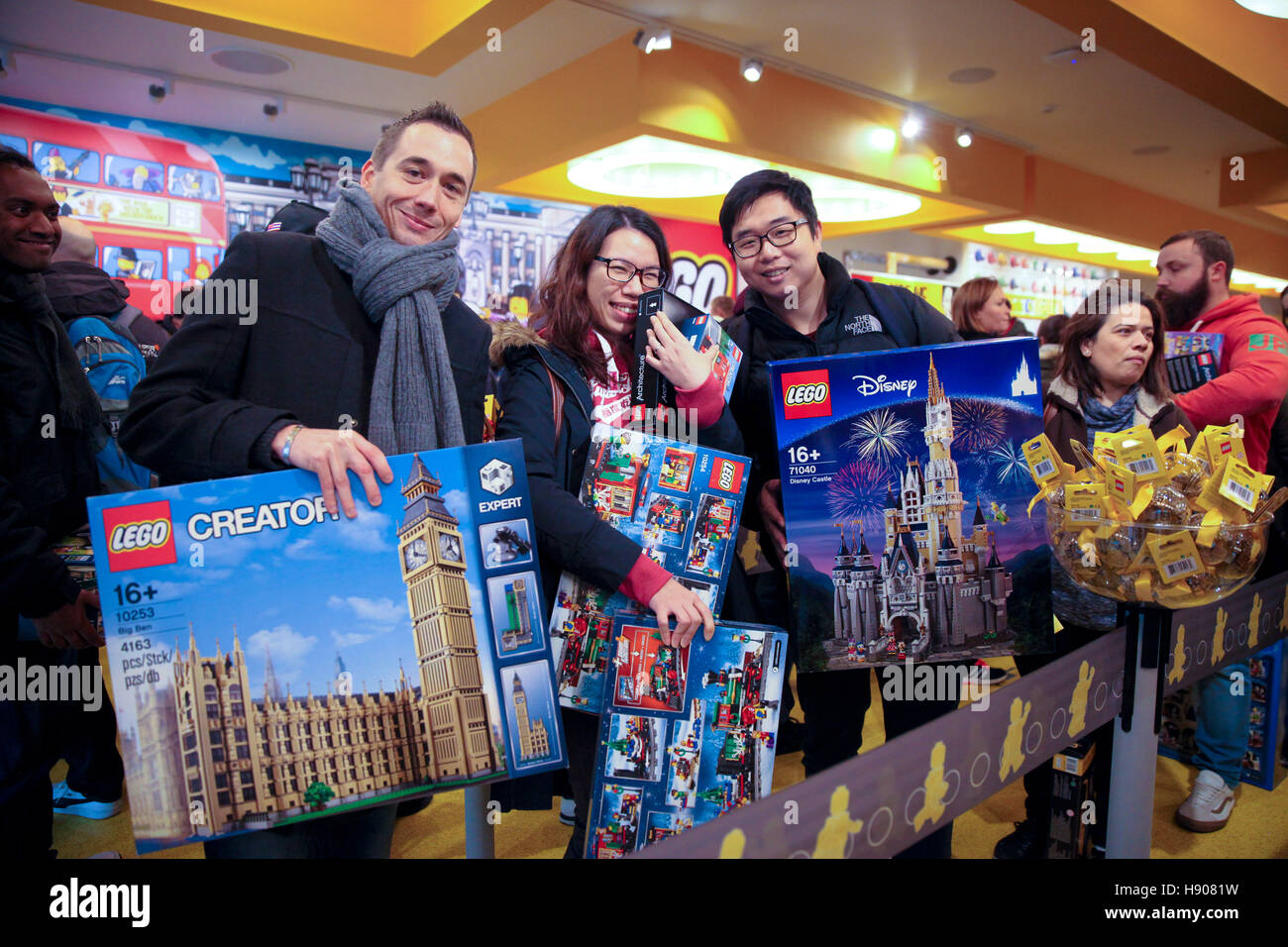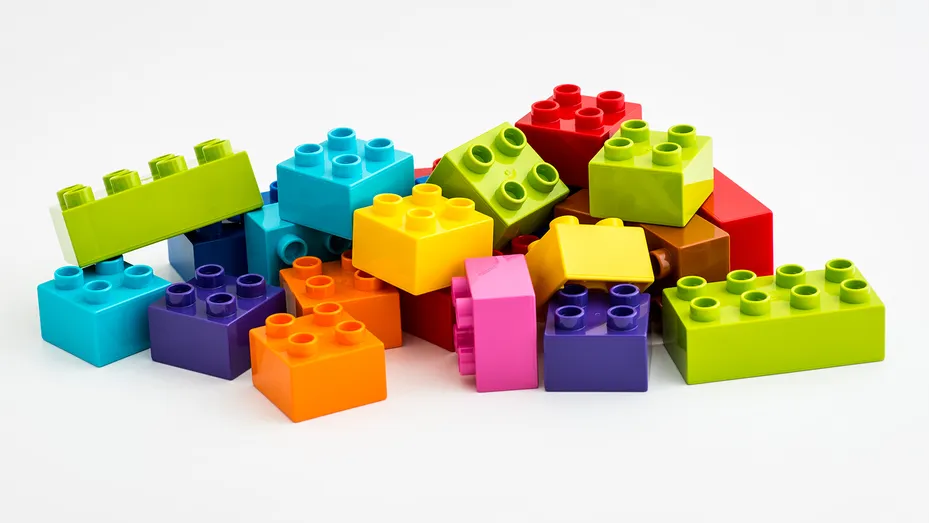In the dynamic landscape of the toy industry, LEGO stands as a steadfast titan, known for its iconic interlocking bricks that have captivated imaginations across generations. We embark on a comprehensive LEGO SWOT analysis to better understand LEGO’s strategic positioning and journey in this competitive realm. This strategic assessment dissects LEGO’s strengths, weaknesses, opportunities, and threats, offering a holistic view of its internal capabilities and response to external factors.
By delving into the intricacies of LEGO’s SWOT analysis, we unravel the building blocks of its enduring success, examining how it capitalizes on its strengths, addresses its weaknesses, explores opportunities, and navigates potential challenges, all while catering to the discerning preferences of the US audience.
Through this analysis, we aim to unearth the strategies and insights that have propelled LEGO to its celebrated status in the toy industry and continue to inspire creativity and play. You can also check out how to do a competitor SWOT analysis.
Lego SWOT Analysis: Company’s Historical Significance
Established in 1932 by Ole Kirk Christiansen, LEGO began as a modest Danish studio crafting wooden playthings. The moniker “LEGO” is a product of the Danish expression “leg godt,” translating to “play well.” The innovation of plastic interlocking bricks during the 1950s brought a transformative shift in the toy sector.
Distinguished by their exceptional grasp, these bricks facilitated diverse constructions and served as the bedrock for LEGO’s accomplishments.
Innovation and Product Evolution
LEGO’s inventive spirit goes beyond its brick structure. Specialized components like hinges, wheels, and technic parts have empowered the creation of intricate and dynamic designs.
Introducing mini-figures in 1978 introduced a fresh layer of engagement, promoting narratives and imaginative role-playing. Partnerships with renowned franchises such as Star Wars in 1999 demonstrated LEGO’s proficiency in crafting intricate models that captivate enthusiasts spanning various age groups.
Community and Fan Engagement
The LEGO enthusiast community is a dynamic and enthusiastic collective stretching worldwide. Events such as BrickCon and BrickFair provide opportunities for enthusiasts to display their constructions, share building methodologies, and establish enduring bonds.
Digital forums such as Reddit’s r/lego and LEGO Ideas offer avenues for devotees to present their designs, vote for prospective sets, and contribute to the broader LEGO network.
Educational Value
LEGO’s educational advantages encompass a range of age demographics. For younger individuals, constructing with bricks enhances fine motor abilities, hand-eye coordination, and spatial perception. More mature participants delve into intricate problem-solving, analytical reasoning, and architectural planning as they craft elaborate models and constructions.
Corporate Social Responsibility
In recent times, LEGO has taken significant steps toward sustainability. Incorporating eco-friendly materials such as bio-based plastics and allocating resources to renewable energy for production facilities underscore the company’s dedication to lessening its ecological footprint. LEGO’s “Build the Change” campaign promotes children’s involvement in suggesting solutions to tangible global issues.
Digital Ventures
LEGO’s foray into the digital domain through video games such as LEGO Dimensions and mobile applications like LEGO Tower and LEGO AR-Studio offers engaging and immersive encounters. Sets incorporating augmented reality, like LEGO Hidden Side, seamlessly merge tangible play with digital gaming, drawing interest from those adept with technology.
Retail and Brand Presence
LEGO retail outlets offer an experience beyond mere shopping, providing interactive in-store exhibits and construction stations that enable customers to engage with products before buying. The substantial presence of the LEGO brand within prominent retail establishments, coupled with its robust online visibility, guarantees accessibility for consumers through diverse avenues.
Collaborative Projects

LEGO Ideas allows enthusiasts to influence the company’s product assortment actively. Designs submitted by users, subject to voting and endorsement, have the potential to transform into authorized LEGO sets available for purchase. This platform underscores the cooperative ethos of the LEGO community and showcases the company’s receptiveness to its dedicated followers.
LEGO SWOT Analysis
Strengths
- Iconic Brand Identity: LEGO’s brand is instantly recognizable, embodying the values of creativity, learning, and fun that resonate universally.
- Unmatched Quality: The unwavering dedication to producing high-quality, durable toys ensures lasting satisfaction for consumers and future generations.
- Continuous Innovation: LEGO’s ability to introduce new themes and sets regularly keeps the brand exciting and captivating for its diverse customer base.
- Global Market Reach: With a vast distribution network, LEGO products are readily accessible to enthusiasts across the globe.
Weaknesses
- Premium Pricing: The superior quality of LEGO products often comes with a higher price point.
- Complexity Concerns: Certain sets might be intricate and challenging for younger children, potentially restricting their engagement.
- Licensing Dependence: While collaborations with popular franchises expand LEGO’s appeal, they also make the brand susceptible to fluctuations in external intellectual property.
Opportunities
- E-Commerce Advancements: The rising trend of online shopping offers LEGO the chance to broaden its customer base and offer exclusive online-only products.
- Educational Emphasis: The focus on STEAM education (Science, Technology, Engineering, Arts, and Mathematics) positions LEGO as a powerful tool for interactive learning.
- Sustainability Drive: Heightened environmental consciousness strengthens LEGO’s commitment to sustainable practices and products.
Threats
- Intense Competition: Rivalry from other toy manufacturers and the allure of digital entertainment presents ongoing challenges.
- Counterfeit Concerns: The widespread popularity of LEGO makes it susceptible to counterfeit products, posing risks to its brand integrity.
- Shifting Play Patterns: Evolving play preferences due to digital advancements could impact LEGO’s appeal among certain age groups.
Conducting a LEGO SWOT analysis unveils a comprehensive understanding of the company’s strategic landscape. This analysis sheds light on the key factors shaping the brand’s trajectory by scrutinizing LEGO’s strengths, weaknesses, opportunities, and threats.
The LEGO SWOT analysis delves into brand recognition, innovative product offerings, and global distribution networks, contributing to its continued success.
The LEGO SWOT analysis equips stakeholders with insights for informed decision-making by assessing potential challenges. This includes pricing considerations and evolving play patterns. With its dual focus on internal strengths and external factors, the LEGO SWOT analysis provides a well-rounded perspective for navigating the competitive toy market and ensuring the brand’s sustained growth.
See also: Tesla SWOT Analysis: Everything You Should Know
FAQs
How is a SWOT analysis of LEGO beneficial for companies?
A SWOT analysis of LEGO offers a comprehensive overview of its internal strengths and weaknesses and external opportunities and threats. This insight aids in strategic planning, helping LEGO make informed decisions to capitalize on its strengths and navigate challenges effectively.
Can you explain how LEGO has capitalized on its strengths?
Certainly! LEGO's iconic brand identity has allowed it to venture into licensing collaborations with popular franchises like Star Wars and Marvel, broadening its appeal and attracting a diverse audience. The company's commitment to quality has also led to enduring customer loyalty and positive word-of-mouth.
How does LEGO address its weaknesses, such as premium pricing?
To address the premium pricing concern, LEGO offers a range of product options at various price points, ensuring that consumers with different budgets can access and enjoy their products. The company also provides value through the durability and versatility of its sets, which can be used repeatedly over time.
Can you elaborate on how LEGO is involved in sustainability initiatives?
Certainly. LEGO has made strides in sustainability by committing to use sustainable materials in its products and packaging. They aim to make all LEGO bricks and packaging sustainable by 2030. Additionally, they are investing in renewable energy sources to reduce their environmental footprint.
How does LEGO handle competition from digital entertainment and technology?
In response to the competition posed by digital entertainment, LEGO has embraced technology itself. They've created LEGO video games and interactive apps that combine physical play with digital experiences, appealing to tech-savvy audiences while maintaining their core focus on hands-on creativity.
Conclusion
In the domain of construction and imagination, LEGO upholds a robust stance. Leveraging its brand influence and adjusting to emerging shifts, LEGO has the potential to surmount its vulnerabilities. They can exploit favorable prospects, all while effectively managing potential challenges.
This LEGO SWOT analysis furnishes an all-encompassing outlook on LEGO’s present environment, furnishing insights tailored to the astute American audience. You can also check out the SWOT Analysis of Southwest Airlines.





